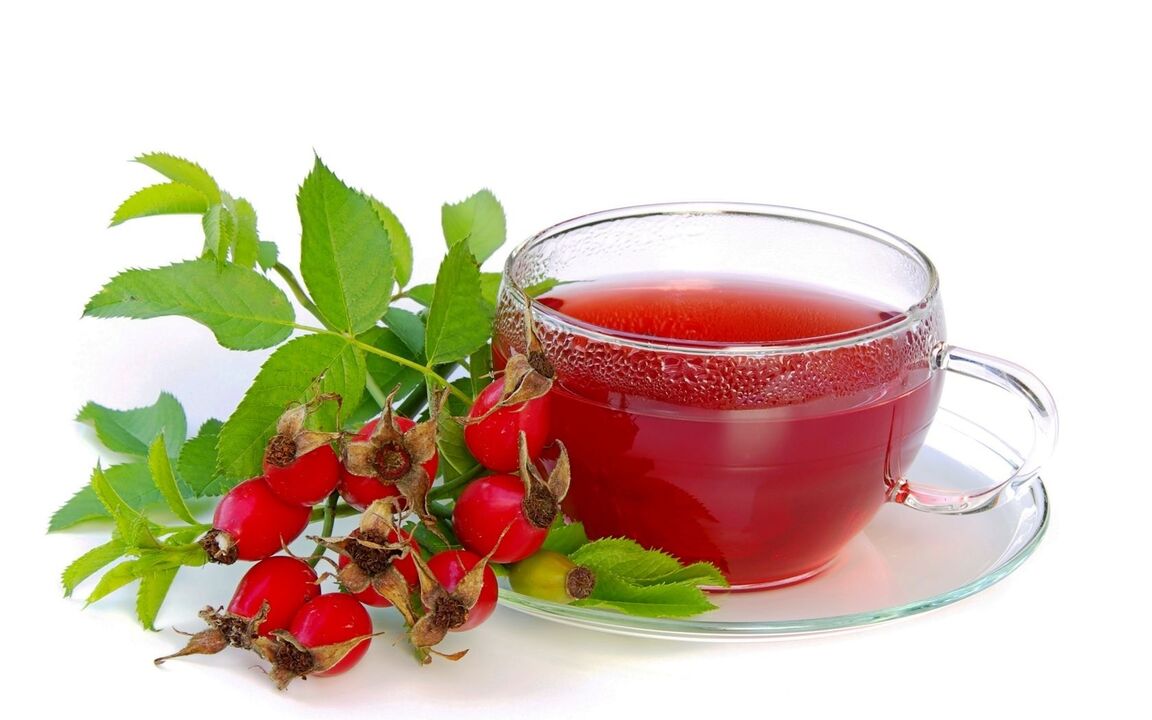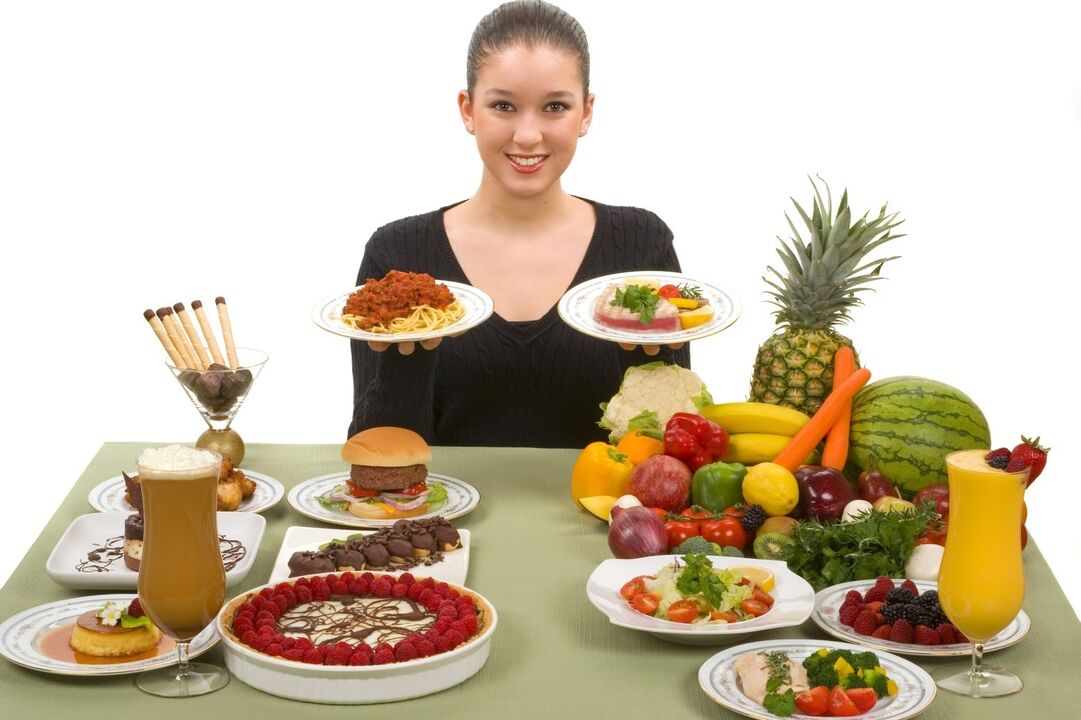There is no cure for gout, but it can actually alleviate a patient's condition and stop its progression. Not only medication can help with this, the effect can be achieved with moderate exercise and diet.
Diet for Gout
The highest levels of purines are found in wine and red meat. Gout causes a metabolic disorder, leading to accumulation of uric acid in the body and deposition of urate salts in the joints. Therefore, the gout diet is aimed at reducing the concentration of substances in the blood and normalizing the metabolism. The effect is achieved by eliminating foods rich in purines from the diet. When these compounds are broken down, uric acid is formed.
Features of the diet for gout
To normalize metabolism, nutrition for gout should be broken down. It is recommended to eat at least 4 times a day, and at the same time divide it into several small portions. But fasting and single large meals rich in purines are contraindicated for gout, as this can lead to an exacerbation of the disease.
People with this disease should pay attention to the use of water, because drinking more water contributes to better elimination of purines from the body. It is recommended to drink about 1. 5 liters of drinks per day. Pure and alkaline mineral water, juice or fruit drinks, milk and weak tea are suitable. A decoction or infusion from wild rose is useful, which copes with the withdrawal of purines and improves kidney function. But you'd better refuse tea, coffee, and spirits, as they can increase pain.

The menu for gout patients should contain a minimum of salt. This is due to the fact that salt can induce the precipitation of urate and their accumulation in the body. To avoid this, its daily rate must be reduced to 6 grams.
It is necessary to limit the use of animal proteins and fats, easily digestible carbohydrates and foods containing oxalic acid. It is recommended to eat fish and meat no more than 2-3 times a week. They should be consumed boiled, rarely baked. Fish, mushroom and meat broths should be omitted, as most purines are removed during cooking.
Unwanted foods for gout are any beans and spices. Grapes, figs, cranberries, raspberries, mushrooms, cauliflower, offal, canned fish and meat, herring, smoked meats, sausages, spinach, sorrel, chocolate, pastries, Cakes and peanuts should be excluded from the menu.
The basis of nutrition for gout should be plant foods. All vegetables will be useful - zucchini, cucumbers, eggplants, potatoes, carrots and white cabbage. In limited quantities, only beets, peppers, celery, rhubarb and asparagus should be eaten. All of these products can be eaten raw or cooked from them as soups, stews, mashed potatoes and broths.
No less useful for gout are yogurt products. Particular attention should be paid to low-fat cottage cheese and cottage cheese, as well as dishes from them. Cereals and pasta should be included in the menu.

It is allowed to eat bread in moderation, to a limited extent - toast. From meat products, preference should be given to rabbits, turkeys or chickens. You can safely eat fruits, berries, and honey. The menu for gout patients should include shrimp, squid, nuts and eggs. Sometimes you can eat sweets. Permitted categories include non-chocolate candies, meringues, ice cream and milkshakes, marshmallows, marshmallows, dried fruit, marmalades and jams. Useful for olive and flaxseed oil gout, it is also allowed to add butter and vegetable oil to food.
If you do not follow the rules of nutrition for gout, as well as drink alcohol, then an exacerbation of the disease can occur. The body needs to provide the maximum load. Should arrange a fasting day. During that time, just drink juice or mineral water in bulk. You can maintain the diet for no more than a day, after which you should switch to your usual gout diet. It is very helpful if you spend your days fasting and to prevent exacerbations. They may not be too chewy and include fermented dairy products, fruits, berries, vegetables and juices on the menu.
















































































